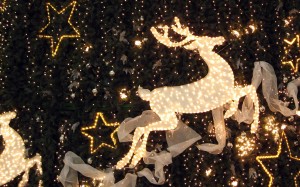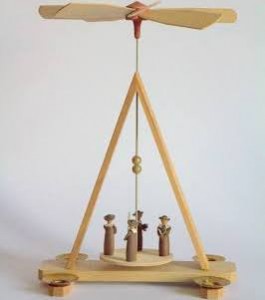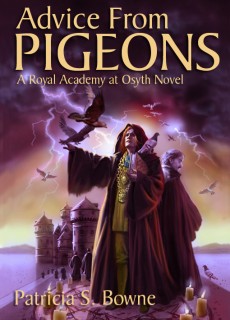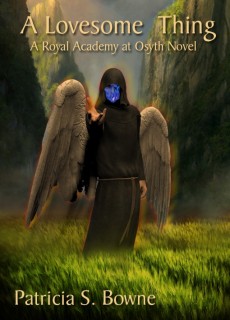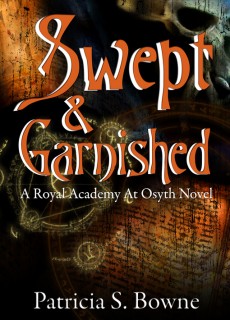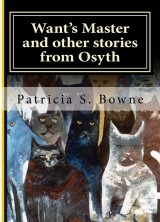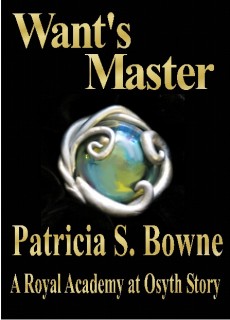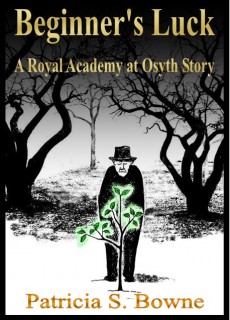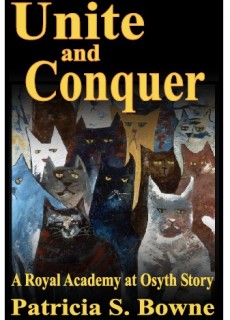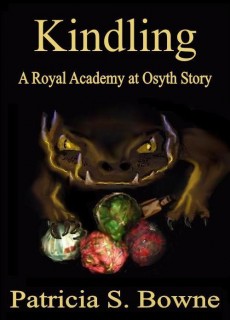Coming from a family of Danish immigrants, my mother had some European odds and ends associated with Christmas. Nothing elaborate – some ornaments of dwarves with chenille arms and legs, seated on alder cones and playing musical instruments; one of those balsa-wood whirligigs that ran on the heat from candles, spinning wooden angels around and around. But we only saw them at Christmas, and in between times I built these up into marvels in my mind. By the time the balsa-wood gizmo came out of the box, I expected it to have reindeer and holly boughs and little woodland creatures peeping between its vanes at every turn. But no; it was the same wooden angels with perfectly round heads, going in the same lackluster circles for the same few minutes that we remained interested.
I never learned, though. Fifty years later, I retain my belief that European=enchanted, and whenever I enter an import store at Christmastime I expect to be whirled up in a dream of deer and woods and starlight.
So I was a sucker for Krampus when I first encountered him in videos of an Austrian Christmas parade. Here, at last, was the irruption of wilderness, of woodland magic, into a domesticated santa-centered, primary-colored holiday. Here were the deer and pine trees at last, breaking through the balsa-wood angels. I hung all my longing for something that united nature and Christmas on the mysterious furred, horned figures.
Of course I bought Krampusnacht: Twelve Nights of Krampus as soon as I could get my hands on it. 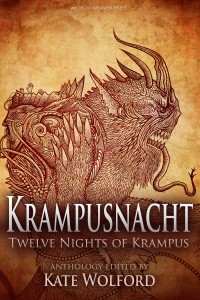 And as soon as I did get my hands on it, it met my expectations. The cover image is delightful and this is a beautiful little book in weight and design and feel – World Weaver Press has done a fine production job.
And as soon as I did get my hands on it, it met my expectations. The cover image is delightful and this is a beautiful little book in weight and design and feel – World Weaver Press has done a fine production job.
The stories inside vary tremendously. There are stories about people who find themselves working for Krampus, gathering up children; people who find themselves gathered up by Krampus; people who fight back and either conquer Krampus or are conquered by him; even one chilling tale of someone who falls in love with Krampus. Some are modern horror and some old-fashioned folk tales, some extremely dark and some extremely pastel. Krampus is real in most of them, but not in all. Some have heartwarming morals and some have none. My favorites were the Victorian-styled A Visit by Lissa Sloan, which had a Dickensian feel to it and a satisfyingly wicked Krampus-victim, and Caren Gussoff’s Ring, Little Bell, Ring, which was the most thoughtful of the stories and gave me the most to mull over.
In general, though, these stories made me question my original enthusiasm for Krampus. There was very little of the irruption of woodland magic in them, and very much of Santa Claus’s enforcer, ‘an evil monster punishes bad people.’ Is that all there is to Krampus? My images of woodland magic, of nature pushing into and through our vision of Christmas and making it into something deeper, may be my very own creation – like the Christmas whirligig that existed only in my mind.
That doesn’t mean I’m giving them up, though. Perhaps I’ll just have to write the story I want to read — and a book that inspires people like me to imagine their own stories has, in its own way, broken through the surface of Christmas into something deeper.

